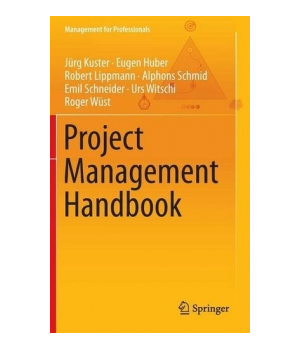
The practice of physical distancing is shown to be a major precautionary strategy to avoid this disease. The closing of mass meeting places such as schools, libraries, places of worship, malls, cinemas and the cessation of all social gatherings, sports, bus stations and community buildings are other tactics. The use of face masks for everyone, of course. Even, the government recommended regular hand washing with an alcohol-based hand rub from the WHO's direction, avoiding touching eyes, nose, mouth and practicing respiratory hygiene. These measures, intended to slow down the spread of the virus. The response to the COVID-19 pandemic around the world has required governments to introduce social distancing, lockdown, case detection, contact tracing and exposed quarantine in unprecedented ways. The findings emphasize the priority of “equipment effectiveness, labour scheduling and communication” in order to strengthen the post-pandemic production facility. In this sense, this total solution facilitates production managers in assessing and enhancing the production facilities. A real-world problem is taken into account in making use of the model output. The experimental results confirm the suitability of the model for predicting priorities. This study has been used Back Propagation Neural Network (BPNN) approach for predicting production facility priorities. Fortunately, in the current competitive environment, it is essentially needed. Indeed, this is a problem missing from the previous study. But still, the dilemma remains as to how production managers can correctly interpret the priorities of the facility.

Since it is difficult for available labour to conduct an entire project, the completion of a production process is delayed. The integrated view of the production facility priorities is not an easy task. Particularly the medium-sized bus body building works have been reduced, due to its compound anomalies. The massive disruption of the supply chain of production is affecting manufacturing companies operating in and around India.

The pandemic recession has caused enormous disturbances in many industrialized countries.


 0 kommentar(er)
0 kommentar(er)
